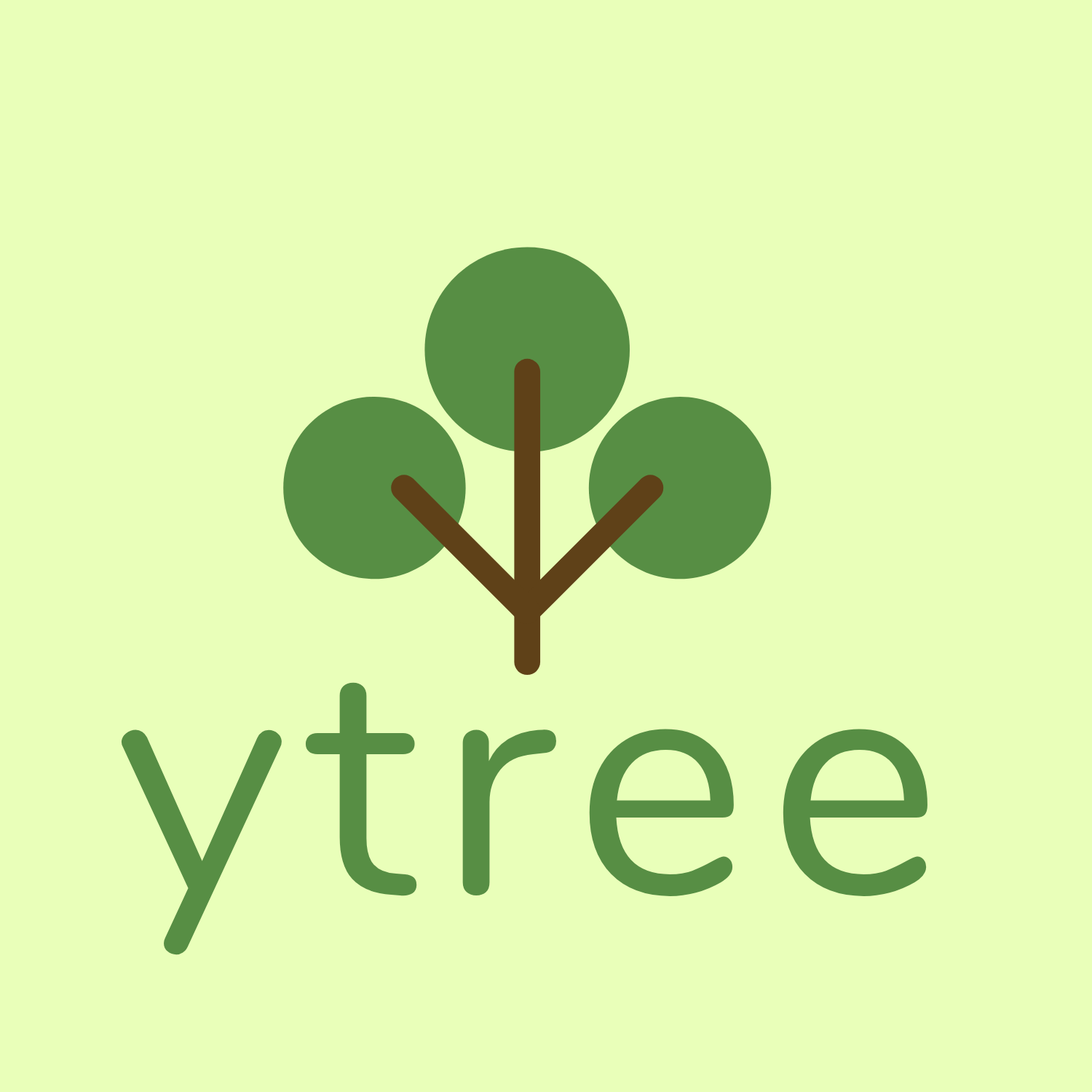What was 2012 like for the yt community? Let’s look back together!
2012 In Review
2012 was an amazing year for yt. Whether measured by improvements to the code or community activity, it has been the busiest and most productive yet.
Here are a few stats:
We held the first ever yt workshop at the FLASH center in Chicago in January. Plans for a development-focused workshop have already begun in earnest for March of 2013.
2221 changesets were added to the code base – out of a total 7369, or slightly over 30%!
One of the most exciting things that happened within the yt community this year has been the growth of the developer community. Many people who previously used yt, or participated on the mailing list, have transitioned into being very active developers of yt as well.
- In 2011, Nathan Goldbaum had contributed one changeset. In 2012, he was the number two contributor, with 322, ranging from the PlotWindow to field names and fixes for detailed aspects of the FLASH frontend.
- This year Kacper Kowalik began to contribute strongly in many areas, including the grid data format, arbitrary data loading, and improving the overall health of the code.
- Chris Moody contributed substantially to the (NMSU) ART frontend and support for the Rockstar halo finder, over the course of 121 changesets in 2012.
- Andrew Myers expanded support for particles in Orion and contributed many changes for Chombo and Boxlib codes.
- In 2012, John ZuHone contributed 106 changesets, fixing aspects of the FLASH and Athena frontends and adding substantial support for creating particle datasets in memory and expanding the generation of initial conditions.
With a focus on enabling easier contributions from members of the community, we’ve also had first-time contributions from many people.
- Brian Crosby
- Andrew Cunningham
- Markus Haider
- Christian Karch - a constant cheerful presence in IRC who has helped out with volume rendering and FLASH frontend improvements.
- Yuan Li
- Joshua Moloney
- Thomas Robitaille
- Anna Rosen
- Anthony Scopatz - who has helped us start a large-scale testing initative,
add support for cylindrical coordinates, and transition from using
nafor NumPy tonp! - Elizabeth Tasker
- Stephanie Tonnesen - whose help keeping Athena support up to date and functional has been incredibly helpful!
Version 2.4 of yt was released, which included threaded volume rendering, the Plot Window, a totally rewritten GUI, and a bunch of other improvements.
The yt Hub was re-launched with data exploration widgets and an IPython Notebook viewer.
The documentation for yt was streamlined and improved, with some awesome cookbook recipes and improvements. We also now have a constantly refreshed build of the documentation at ReadTheDocs.
Development of yt 3.0 really took off, with people from several communities picking it up and contributing changes.
yt gained the ability to create data totally in memory, and then write it to disk!
The yt community grew and was more active than ever, providing assistance, ideas, sharing suggestions and scripts, and keeping a congenial, friendly attitude.
Thanks for everything, and here’s to making 2013 even better!





